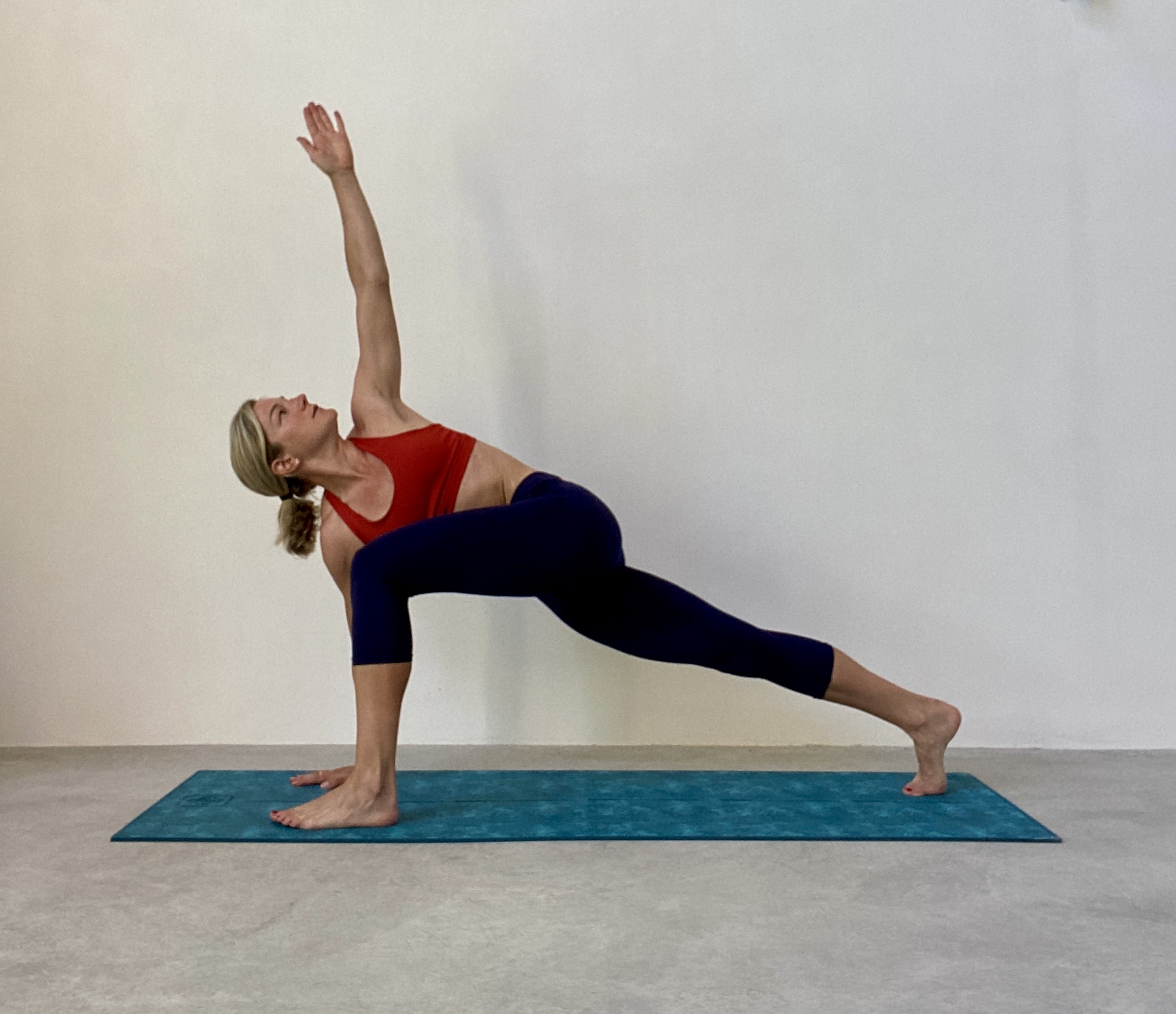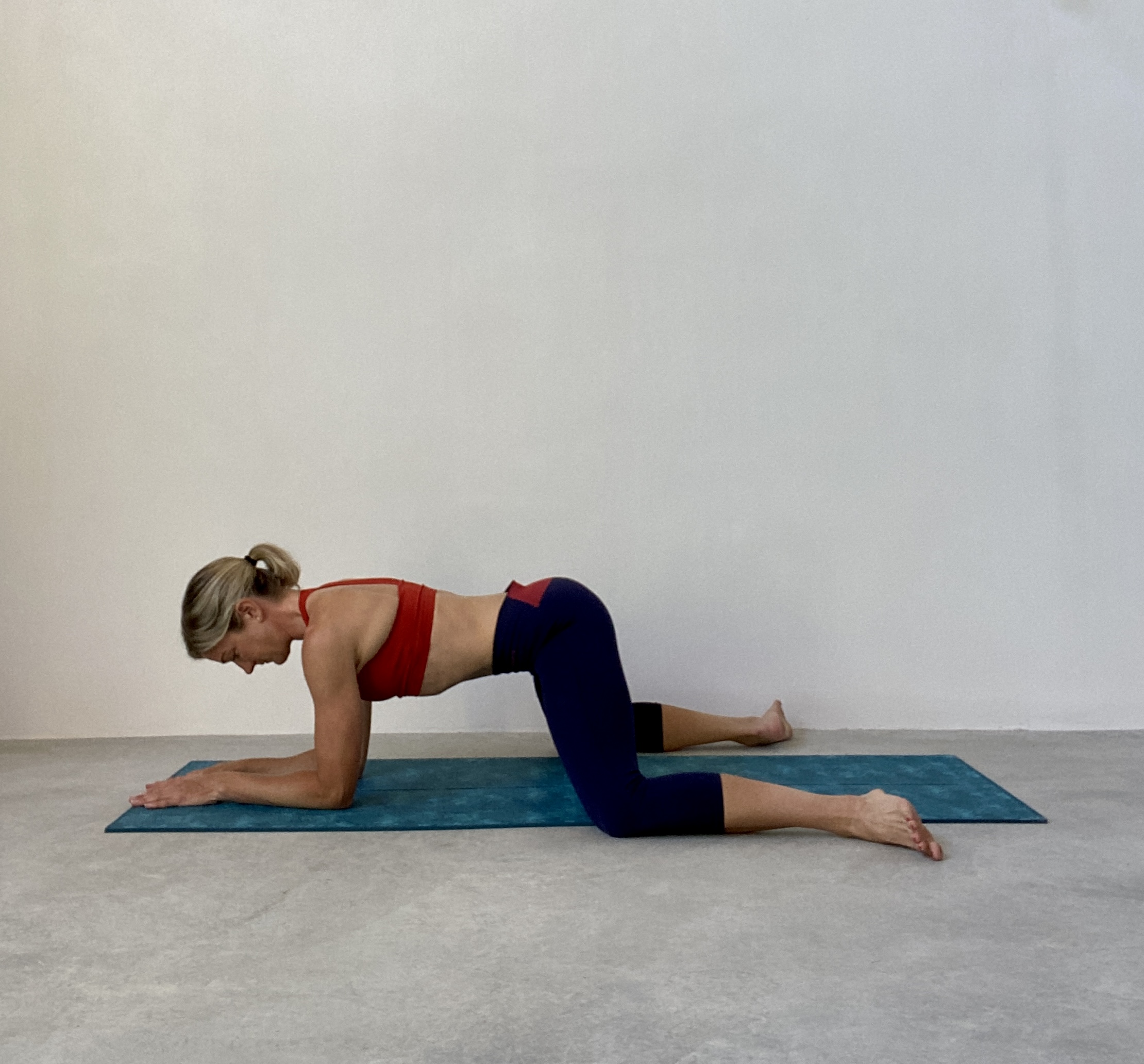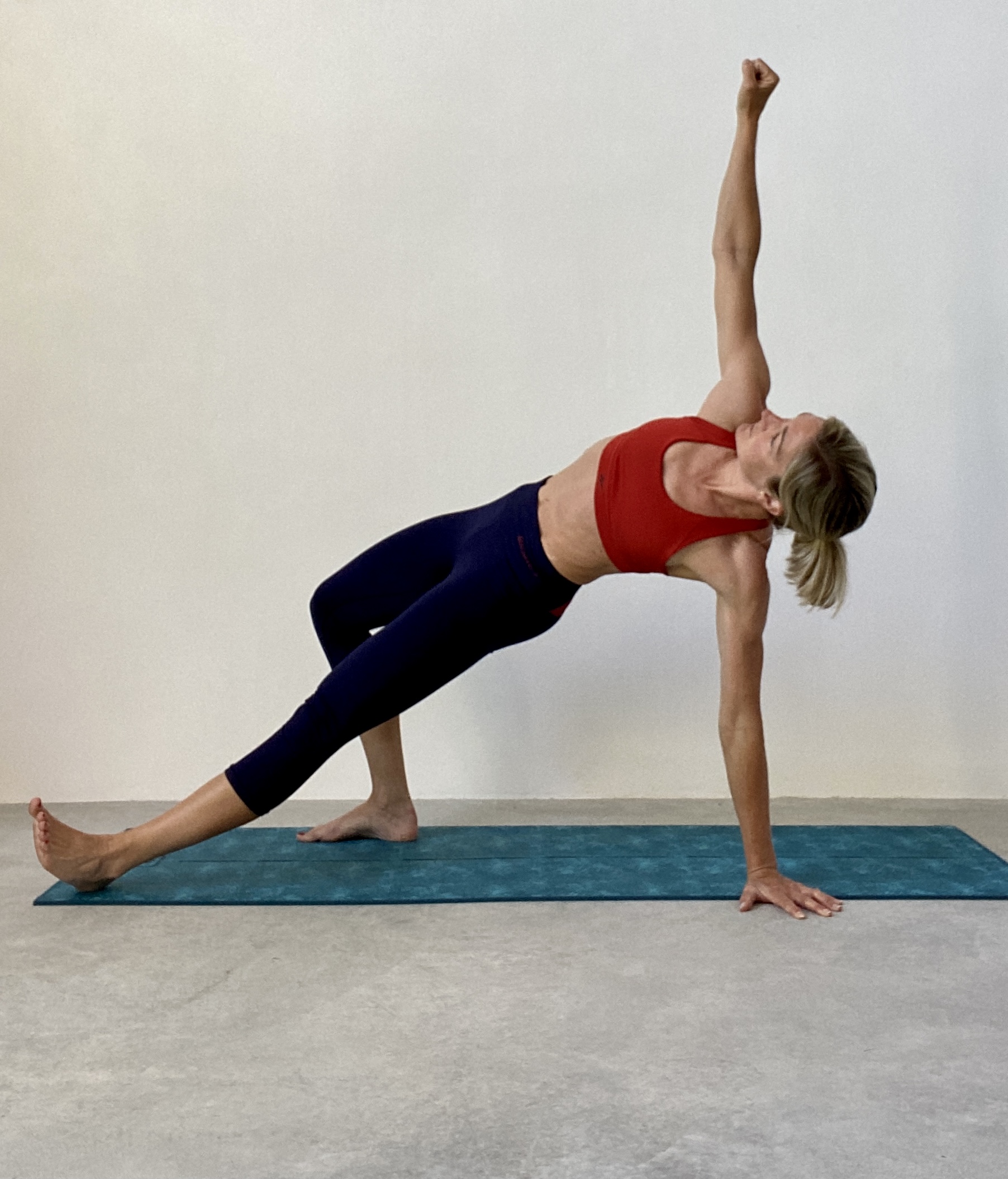Reduce your risk of injury
Reduce your risk of injury
Share
Mobility Exercises To Do Before Every Workout To Avoid Injury
Claire Steels is a Personal Trainer for eco-activewear brand Sundried and Director of Steels Fitness (Instagram @steels_fitness). Here are her top 3 tips for how you can reduce the risk of injury before starting a workout.
- Low Yoga Lunge
The low yoga lunge is a great movement for increasing mobility through the hip flexors and quadriceps.
Tight quadriceps can pull down on the pelvis, which can then in turn can pull the spine into an unnaturally curved position – particularly in the lower or lumbar region of the spine, resulting in tight and often quite painful lower back muscles. Tightness through the quads can also result in overstretched and weakened hamstrings at the back of the legs, which can lead to pulls or tears in the hamstrings.
Reduced mobility and tightness through the hip flexors can also contribute to back pain and has been linked to knee pain due to an internal rotation caused by tightness and restricted movement.
How to perform the low yoga lunge
Start in a Tall Plank position.
Bring one foot forward and place your foot between your hands.
Drop the back knee down to the floor.
Slowly lift both arms and upper body up from the floor until your torso is facing the wall.
Repeat on the other side.
- Runner’s Lunge
The Runner’s Lunge mobilises the hips, groin and glutes allowing smoother and more efficient movements in sports such as running or cycling. Tight and restricted glutes can lead to discomfort when sitting down for long periods of time and has also been linked to Achilles tendon issues in runners.
How to perform the Runner’s Lunge
Start in a Tall Plank position on the hands and toes.
Bring your left foot forward and place the foot between your hands.
Lift your left hand off the floor and rotate your torso towards your left thigh, pointing your left hand at the ceiling if possible.
Slowly rotate back to the start position and before stepping your left foot back into the start position.
Repeat on the other side.
- Dynamic Frog Stretch
The dynamic frog movement encourages mobility through the groin and adductors (muscles on the inside of the thighs). Tightness in these areas is often associated with knee pain and is quite common if you have recently started cycling or running.
How to perform the Dynamic Frog Stretch
Start on your elbows and knees with your knees slightly wider than your hips.
Turn your feet out to the side so that the inside of each foot is flat on the floor (or as close as possible).
Slowly push your hips backwards so that they are rocking gently back towards your feet.
When you have gone back as far as you can (stop before it becomes painful) then slowly return back to the start position.
- Turkish Get Up
The Turkish Get Up is a full body exercise often used to develop strength but it also a great warm up tool. It encourages muscle recruitment and engagement throughout the whole body, especially the core, as well as preparing the ankle, knee, hip and shoulder joints to operate utilising their full range of movement.
How to perform the Turkish Get Up
Start flat on the floor on your back.
Bend your right leg, place your right foot on the floor with the heel as close to your backside as you can get it, and raise your right arm into the air pointing to the ceiling.
Your left leg should be straight and your left arm out to the side at roughly 45-degrees.
Drive your left elbow and right heel down into the floor, allowing the body to come up onto the left elbow, then up onto your left hand.
Support your weight with your left hand and right foot, then lift your hips up towards the ceiling.
Thread your left leg under your body and place your left knee onto the floor under your left hip.
Straighten yourself up into a lunge position, and then stand.
Keep your eyes on the hand that is pointing at the ceiling throughout the movement and keep that arm pointing straight at the ceiling at all times.
Repeat on both sides.













FOLLOW BESTFIT